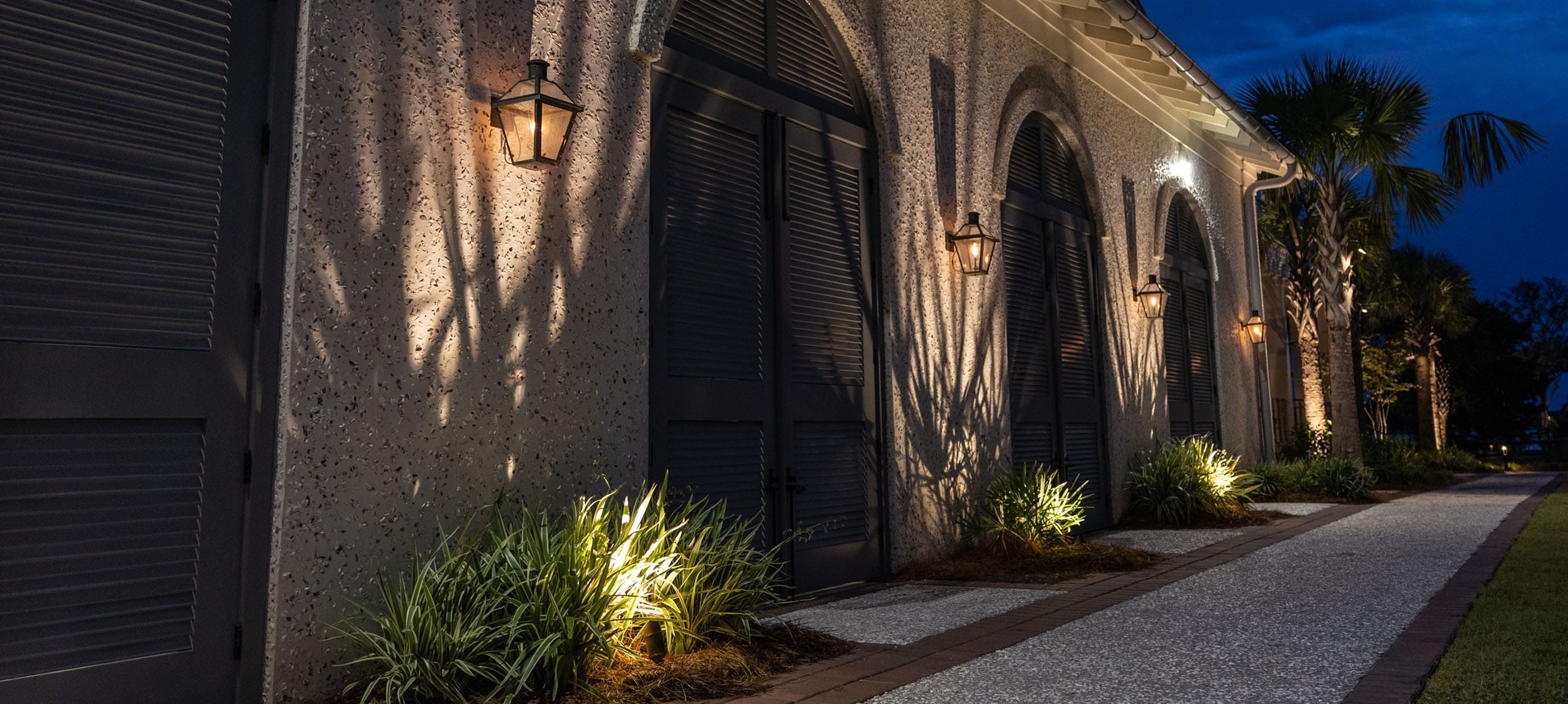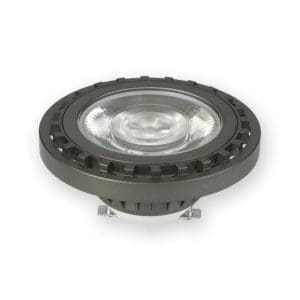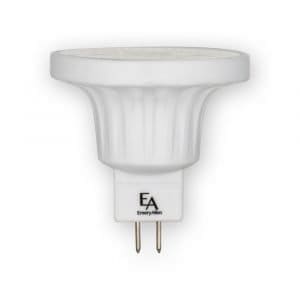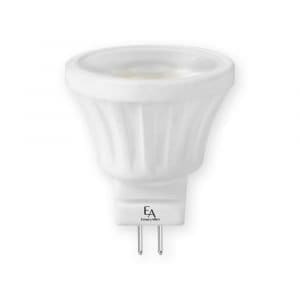One of many considerations that needs to be taken into account when it comes to lighting (whether that’s interior or exterior) is the angle of light output. In the early days of incandescent lighting, you didn’t really have a choice in the matter. Light was emitted in all directions from the bulb, which resulted in a lot of wasted energy and light. Over the years as lighting technology improved, the addition of shaped lenses and reflectors gave people the power to direct light where they wanted it. While this is no longer considered a new innovation, the practice of directed light became better optimized with LED technology and further refined with new lens and reflector technology.
- LED light bulb beam angles determine the spread of light emitted by the bulb.
- Different beam angles serve specific lighting purposes.
- Understanding beam angles is crucial for choosing the right lighting solution.
With LED technology, lighting has become more energy-efficient and versatile. A major issue with previous lighting technologies was that there were not enough effective methods for directing light. Simply put, not all lighting scenarios require a 360-degree dispersion of light. With most lighting installations and designs these days, a good many situations demand precise control over the spread of light. Manufacturers often use specialized lenses and reflectors to further control and optimize the beam angles of LED bulbs. These technologies help to maximize the efficiency and effectiveness of LED lighting, let’s see what different beam angles does for the overall look in an environment:
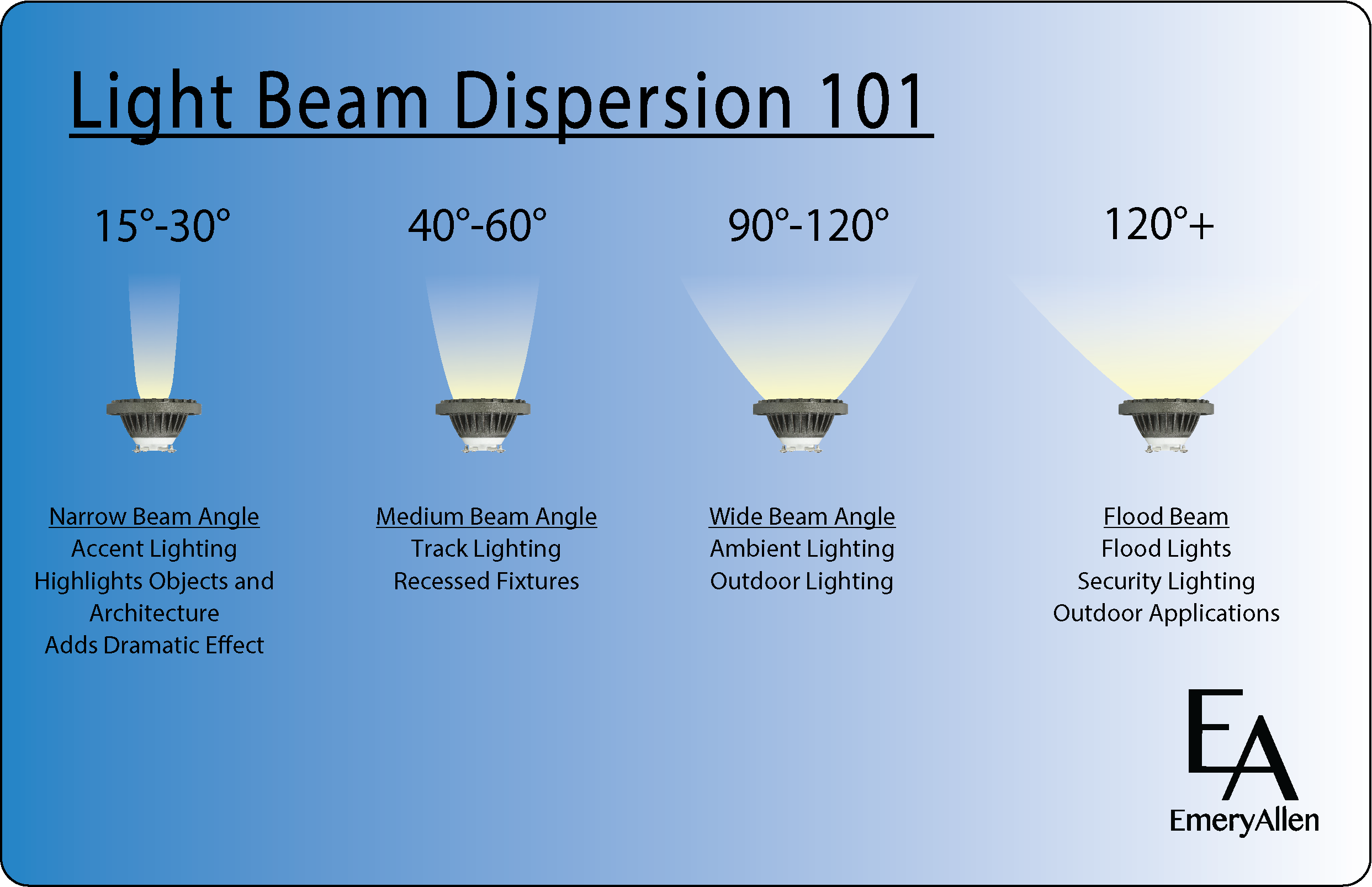
Narrow Beam Angle (15-30 degrees): These LEDs focus light in a tight, narrow beam. They are ideal for accent lighting, highlighting specific objects and/or architectural features, and creating dramatic effects in museums, galleries, or retail displays.
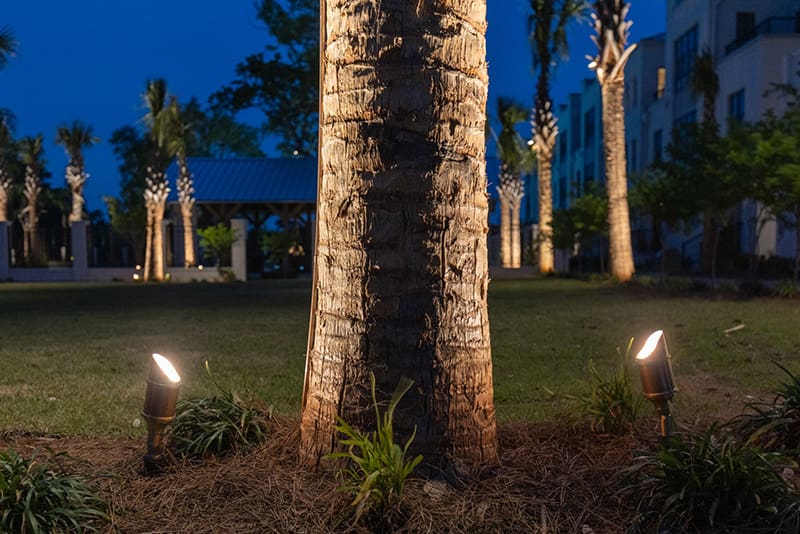
Medium Beam Angle (40-60 degrees): Medium beam angles strike a balance between focus and coverage. They are commonly used in general lighting applications such as track lighting and recessed fixtures where a broader but still directional light is needed.
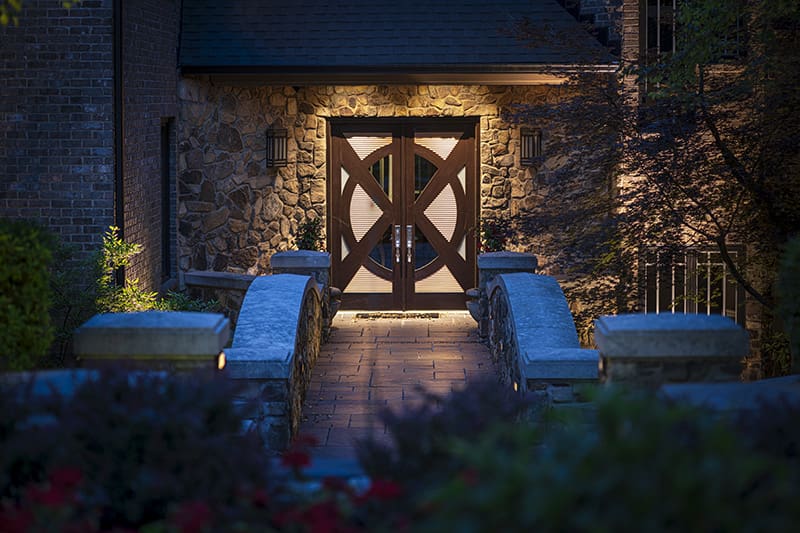
Photo Courtesy of Gleam Electrical & Lighting Design
Wide Beam Angle (90-120 degrees): Wide beam angles disperse light across a large area. They are excellent for ambient lighting in residential spaces, providing even illumination without the need for many fixtures. They are also commonly used in outdoor lighting, illuminating landscapes and building facades.
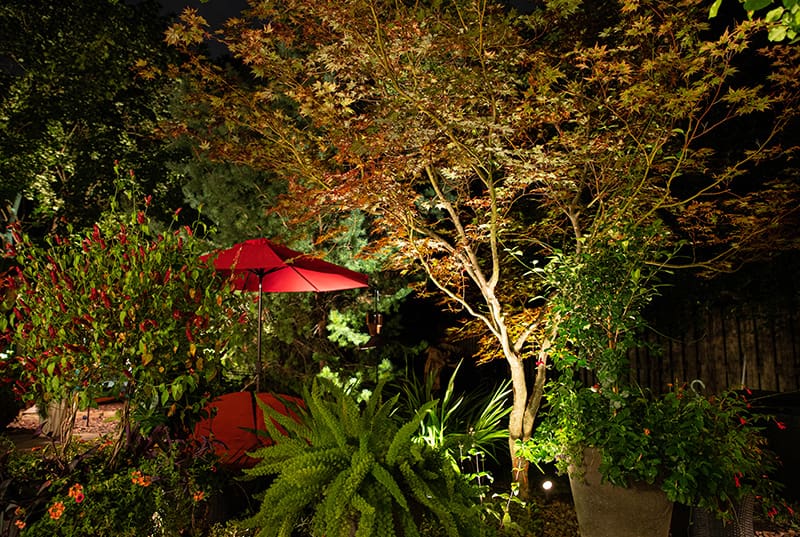
Photo Courtesy of Night Owl Landscape Lighting
Flood Beam Angle (120+ degrees): Flood beam angles emit light in an extremely wide pattern. As the name suggests, these are typically used for floodlights, as well as security lighting, and outdoor applications where a large area needs to be well-lit.

The choice of the right beam angle of illumination in an environment can transform a dull area into a captivating masterpiece, emphasizing the beauty of nature and architecture with precision and artistry.
So what should dictate the type of beam angle you need for any given project? The math can be somewhat complicated, but to summarize, first measure how wide of a beam spread you want (typically the width of the object you are highlighting) and the distance from your fixture to the object. Input those 2 measurements into the following formula, and you’ll get the desired beam angle.


For example: Let’s say you are trying to illuminate a large tree. The tree’s overall width is 30 feet. Your fixture will be approximately 27 feet away from the part of the tree you are illuminating.
BEAM ANGLE = (30)/(27/0.18)=30/.486=61.73 degrees
In this case, you would want to choose the MR16 with the 60-degree beam angle.
Understanding LED beam spread can be very helpful when selecting lighting solutions for a specific application. Whether you need focused accent lighting, broad ambient illumination, or something in between, there’s an LED bulb with the right beam angle to meet your needs. Don’t hesitate to reach out if you have any questions!
-
PAR36
Select options This product has multiple variants. The options may be chosen on the product page
-
MR16
Select options This product has multiple variants. The options may be chosen on the product page
-
MR11
Select options This product has multiple variants. The options may be chosen on the product page
-
MR8
Select options This product has multiple variants. The options may be chosen on the product page

